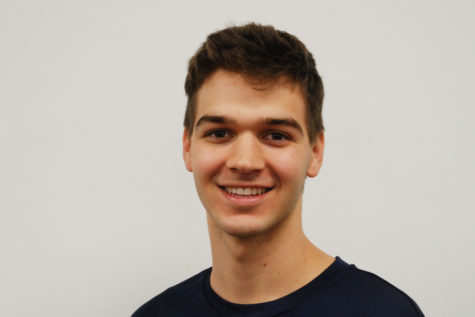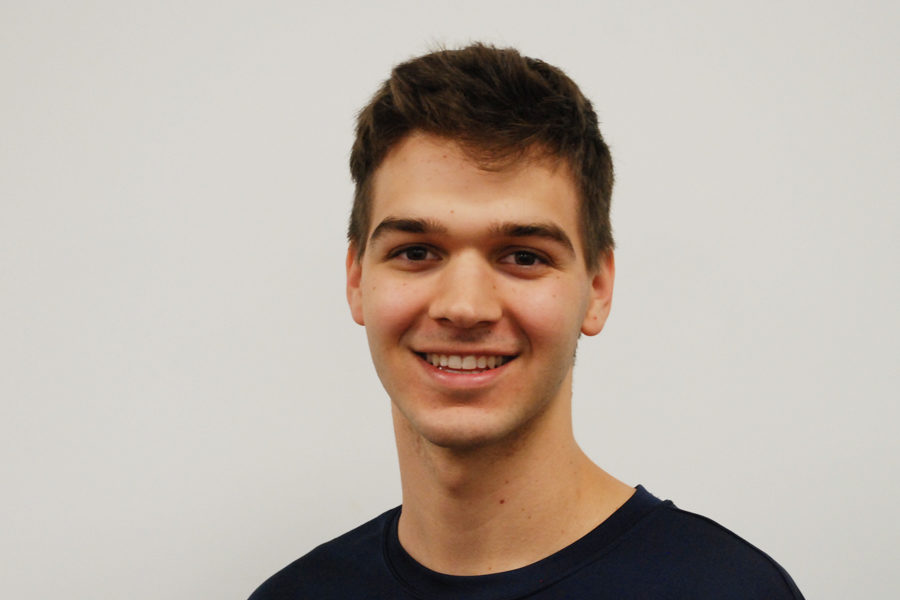Deep Equity; A Stride Forward for Education
As well-intentioned as the educational philosophy of past generations and its admonition to “not see” color or religion or any other descriptor of background may be, this attitude of instruction is becoming increasingly incongruous with a rapidly diversifying America. To many, such a phrase constitutes a dismissal of individuals’ various heritages, financial situations, and general differences, their uniqueness homogenized and long-standing disparities ignored, perpetuating a self-sustaining cycle of “otheredness.”
The Chandler Unified School District shares the perspective that, just as our student populace has transformed significantly in cultural, economic, and political composition over the years, so too must the system of learning and administration in our city. Alongside districts across the nation, CUSD is investing in “Deep Equity” trainings for its faculty, addressing implicit biases held by educators and students alike in an effort to heighten inclusion on campus, encourage sensitivity in speech, and celebrate diversity and differences.
This is not political; it is not some “leftist construction,” a contrived story line attributed to “hypersensitivity” and “political correctness.”
It is a response to decades of divides in test scores between various demographics and student profiles.
It is a bold statement by the district assuring parents and students of the city’s commitment to equity in opportunity and the values of collaboration and compassion.
It is a district-wide effort to encourage unity by way of differences, not despite them.
Beyond merely espousing and endorsing the goals of the Deep Equity Initiative, the district is also organizing teams of teachers and students to receive professional training and engage in forum discussion, respectively.
In Perry’s case, educators like Sra. Ríos and Mr. Prothro attend training sessions with fellow teachers across the district as they learn about specific educational habits to encourage civility in the classroom without treating sensitive subjects like race, gender, and political preferences as taboo. This small team of teachers is then responsible for relaying the information from the training to other faculty members on Perry’s professional development days.
Speaking with Sra. Ríos, I got a sense of the breadth of backgrounds captured by Deep Equity, and, in her words, the importance of “each student’s access to information” and self-expression. Interviewing Mr. Prothro, I also discerned that this initiative is not intended to provide “overnight” results or dramatically overhaul teacher protocol, Prothro articulating that in this first year of implementation, the primary goal is simply to make “teachers more aware of the different people sitting in the classroom” and commit to addressing the “implicit biases” universal to every educator.
On the student-led leg of the initiative, Mrs. Driving-Hawk and Mr. Rygiel serve as facilitators of Perry’s Youth Equity Stewardship (YES) program. This YES team is composed of 15 students representing a cross-section of the Perry population, the group meeting with other YES teams from nearby schools as they discuss and plan student-driven efforts toward encouraging harmony on campus.
As I spoke with Mrs. Driving-Hawk, I was fascinated by her assertion that she herself was a “learner” from these fifteen students, and I was impressed to hear that the group is currently in plans to organize a multicultural festival in the latter half of second semester.
Chandler’s investment in Deep Equity programming is a stride forward for Perry students and all other individuals in the rising generation. As expressed by assistant-principal Kevin Ames, this initiative is not intended to engender some “intimately involved” process of self-exploration, but is broadly a training for Perry students and faculty to understand one another, supplying us “a better understanding of who we are.”

Grant Williams is a senior at Perry High and a columnist in his first year as a staff member for The Precedent. He says “lol” unironically and has...



David Evans • Apr 8, 2019 at 8:04 AM
Interesting and helpful article that helps me as a parent and community member, understand what the purpose of Deep Equity training is all about.
Thanks Grant
What about the other side of the issue though? That this is all “kumbaya, peace, love & actually another way of NOT seeing race or differences. Furthermore that this takes away from teaching time and better academics. I’m in agreement with your article, but there is a group of people that insist this is wrong for public education.
Thank you
David Evans
Elected Governing Board Member
CUSD
480.269.2688